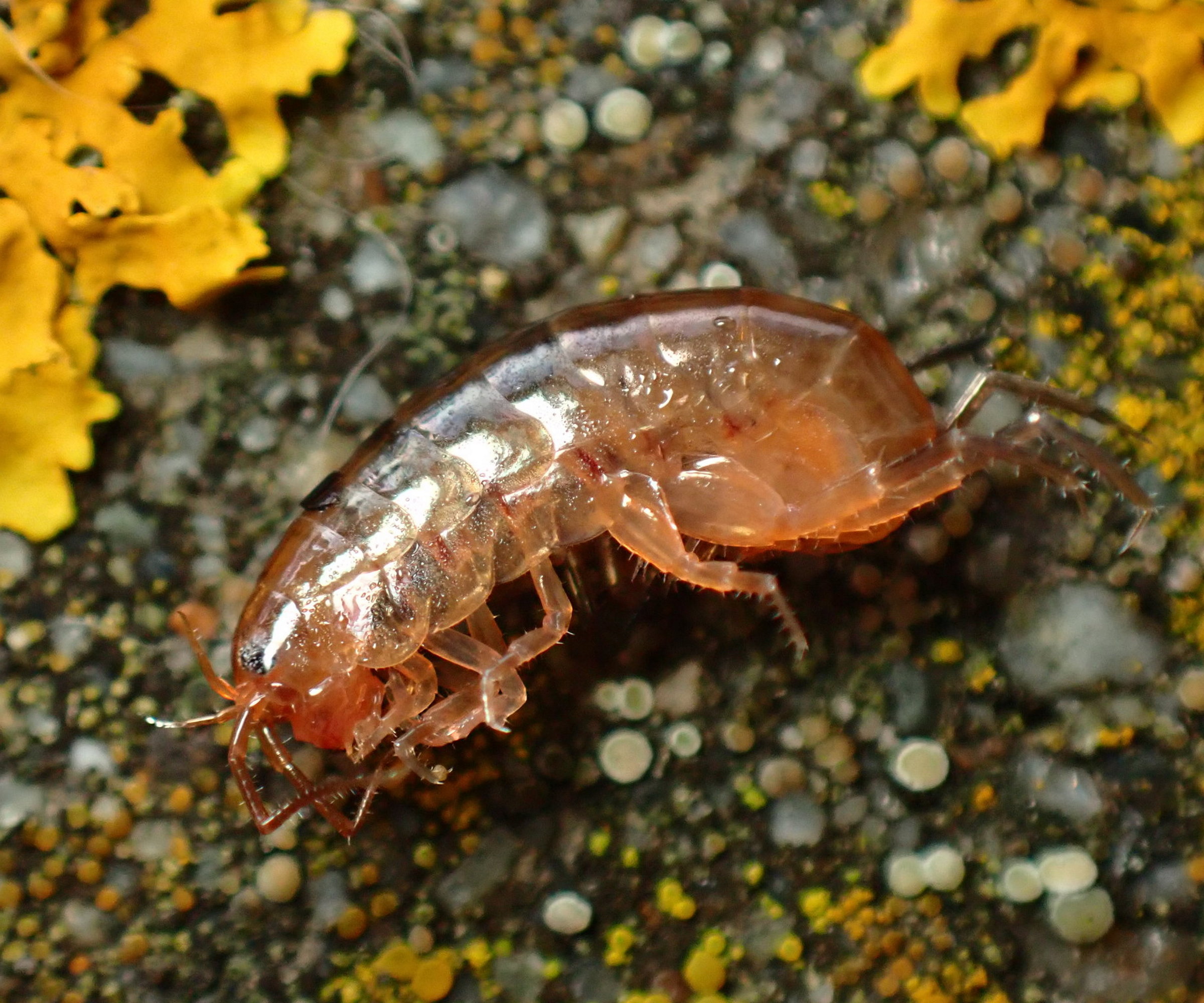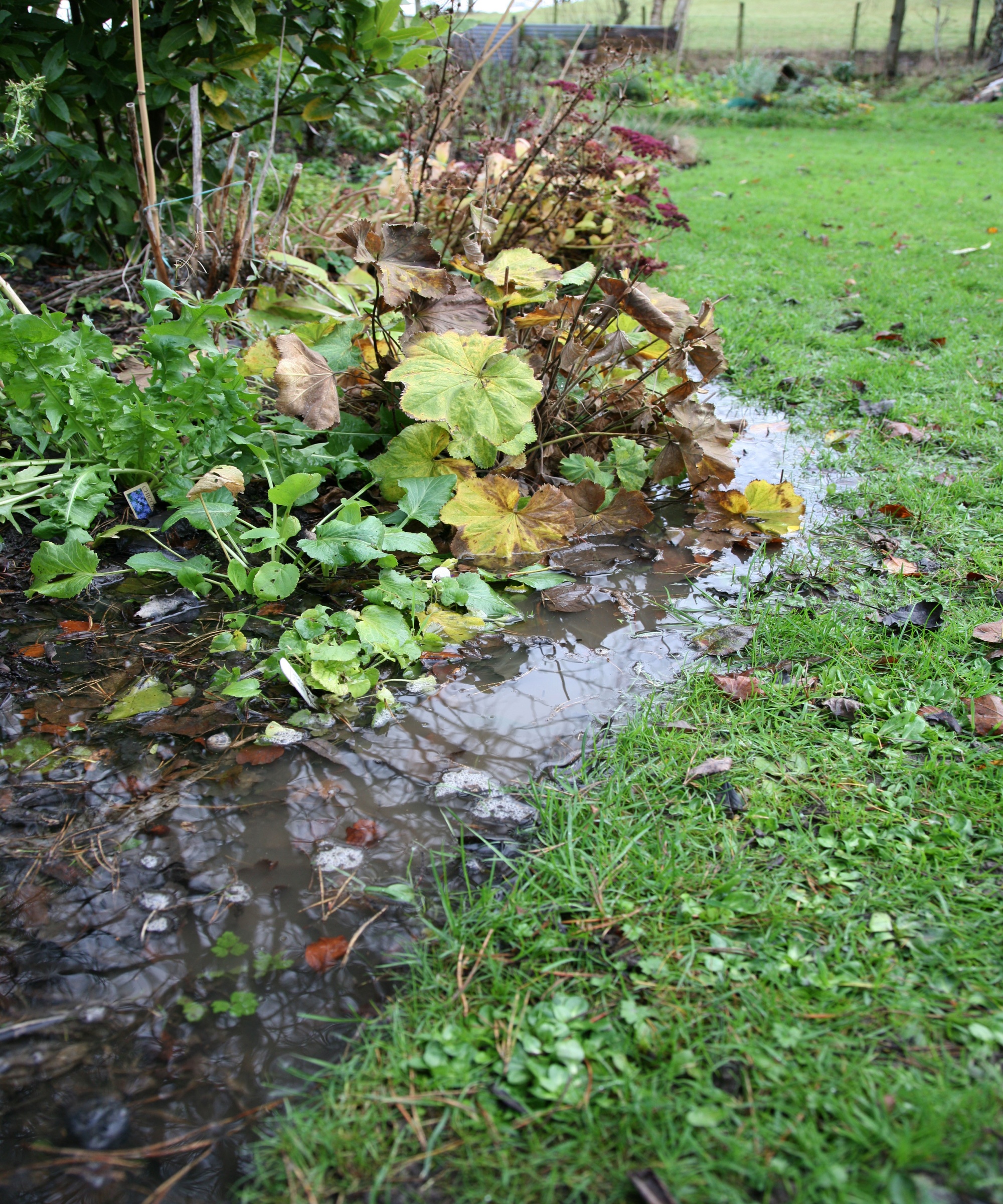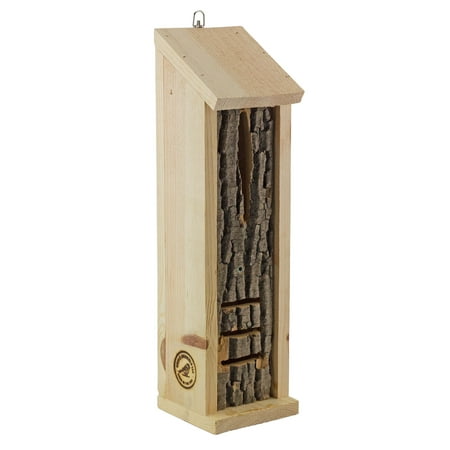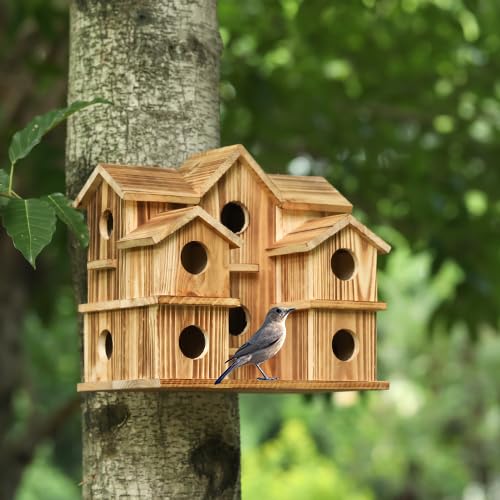What are lawn shrimp – and 4 ways to combat them as recommended by pest control experts
The tiny critters can be a major inconvenience in a garden, plus they can also make their way into homes


If you have seen tiny shrimp-like critters around your garden, on paths, patios, driveways, or inside your home or garage, you may have encountered lawn shrimp. The minute crustaceans prosper in moist environments found around backyards in warmer climates.
Lawn shrimp will usually be found in flower beds, lawns, and piles of decaying plant material, but they are driven from their habitats by heavy rain or overwatering. It is not uncommon for signs of the critters, or dead clusters of lawn shrimp, to be spotted around properties.
They do not usually pose a huge problem for homeowners until their population escalates and they can become a nuisance. I spoke to two pest control experts to understand what they are and discover four recommended methods for maintaining borders and lawn care to control lawn shrimp.

An expert guide to lawn shrimp identification and control
You may never have heard of lawn shrimps before and never have them in your backyard. Indeed, it will depend on your climate and US hardiness zone whether they become an issue for you. They tend to live in tropical or subtropical climates, where it is beneficial to know what they look like and how to prevent an explosion in their population that could result in lawn shrimp entering homes or garages during heavy rain.
What are lawn shrimp?

Lawn shrimp (Arcitalitrus sylvaticus), sometimes called grass shrimp, lawn prawns, or landhoppers, are tiny crustaceans about 0.2-0.6 inches long. They have curved, segmented pink or reddish bodies and multiple legs making them resemble tiny shrimp.
But where do lawn shrimp come from? They were first discovered in Australia and the Pacific but have been introduced to other parts of the globe. They are now common in tropical and subtropical climates, including parts of the western and southern United States where they can be found in gardens and homes.
‘Lawn shrimps are often found living in damp, shaded areas with decaying organic material, which is why you may find them in your garden or lawn,’ says Daniel Baldwin, an entomologist at Hawx Pest Control. ‘They are usually found in tropical and subtropical climates, but can also appear in places that have experienced heavy rain. ‘
Design expertise in your inbox – from inspiring decorating ideas and beautiful celebrity homes to practical gardening advice and shopping round-ups.
Daniel adds that lawn shrimps are found outside ‘most of the time’, but will enter homes, garages, or porches as they try to find refuge from heavy rain showers. ‘This means you may find dead lawn shrimp in small clusters in corners of the room or along the edge of the walls, which could be a sign of an infestation on your property,’ he says.
Lawn shrimps have a fast life cycle and reach maturity within a few weeks. They tend to live less than a year, but are susceptible to changing weather conditions and die quickly when they dry out.
How to get rid of lawn shrimp

There are some simple ways to combat lawn shrimp. They never require chemical treatments and can be controlled with small changes to your gardening habits.
- Avoid overwatering - ‘Heavy rain or overwatering is the main culprit of outbreaks,’ claims Lorne Hanewich from Clark’s Termite and Pest Control. The simplest way to prevent lawn shrimp from becoming a big problem is to avoid overwatering outdoor plants and not watering the lawn for too long. Excess moisture from heavy rain or overwatering creates ideal conditions for lawn shrimps to breed and multiply and can cause them to venture into homes.
- Remove masses of organic debris - Lawn shrimp love damp conditions and making a nest in organic debris, which includes decaying leaves, plant material, and mulch. ‘Make sure you clear out excessive mulch, leaf litter, and other organic matter where lawn shrimps can live and hide,’ recommends Daniel Baldwin. ‘Keep lawns and gardens well-maintained and free of excessive organic build-up.’ When mulching, aim for a layer 2-3 inches thick.
- Improve garden drainage - Aerating a lawn as part of a spring and fall lawn care regime will boost drainage and prevent waterlogged lawns. If your yard suffers from waterlogged soil, improve your garden drainage so it does not attract moisture-loving pests like lawn shrimps. This can be done by improving the soil structure of flower beds by adding grit or adding a French drain to redirect excess water.
- Introduce natural predators. Ground beetles and birds are predators of lawn shrimp and can help manage populations. Adding plants for birds to your wildlife garden ideas will help attract feathered friends. Placing beetle houses or piles of stone or wood around the yard can provide shelter for beetles.
FAQs
Are lawn shrimp harmful?
Lawn shrimp do not usually cause harm in a garden, they do not damage plants but feed on dead or decaying material around the yard. If their population rapidly increases, they can start feeding on the roots of lawn grasses and other plants in their search for food. They become more problematic when their habitats become waterlogged and are found on paths, driveways, patios, and even in homes or garages.
Do lawn shrimp bite?
Lawn shrimp are not considered harmful to humans or pets. Lorne Hanewich from Clark’s Termite and Pest Control says: ‘They don’t bite or sting but their mass exodus from wet soil can make them a nuisance - especially if they start sneaking indoors.’
Another lawn pest that thrives in moist soil, and is more destructive than lawn shrimp, is leather jackets. The larvae of crane flies, leather jackets may be small to look at but they can do extensive damage to grass.
Overwatering lawns creates a beneficial environment for leatherjackets to thrive - the first control measure needs to be to avoid the lawn watering mistake of irrigating for too long. If you do need to get rid of leather jackets, you can apply grub control in the form of beneficial nematodes to eliminate them.

Drew has worked as a writer since 2008 and was also a professional gardener for many years. As a trained horticulturist, he worked in prestigious historic gardens, including Hanbury Hall and the world-famous Hidcote Manor Garden. He also spent time as a specialist kitchen gardener at Soho Farmhouse and Netherby Hall, where he grew vegetables, fruit, herbs, and cut flowers for restaurants. Drew has written for numerous print and online publications and is an allotment holder and garden blogger. He is shortlisted for the Digital Gardening Writer of the Year at the 2025 Garden Media Guild Awards.


